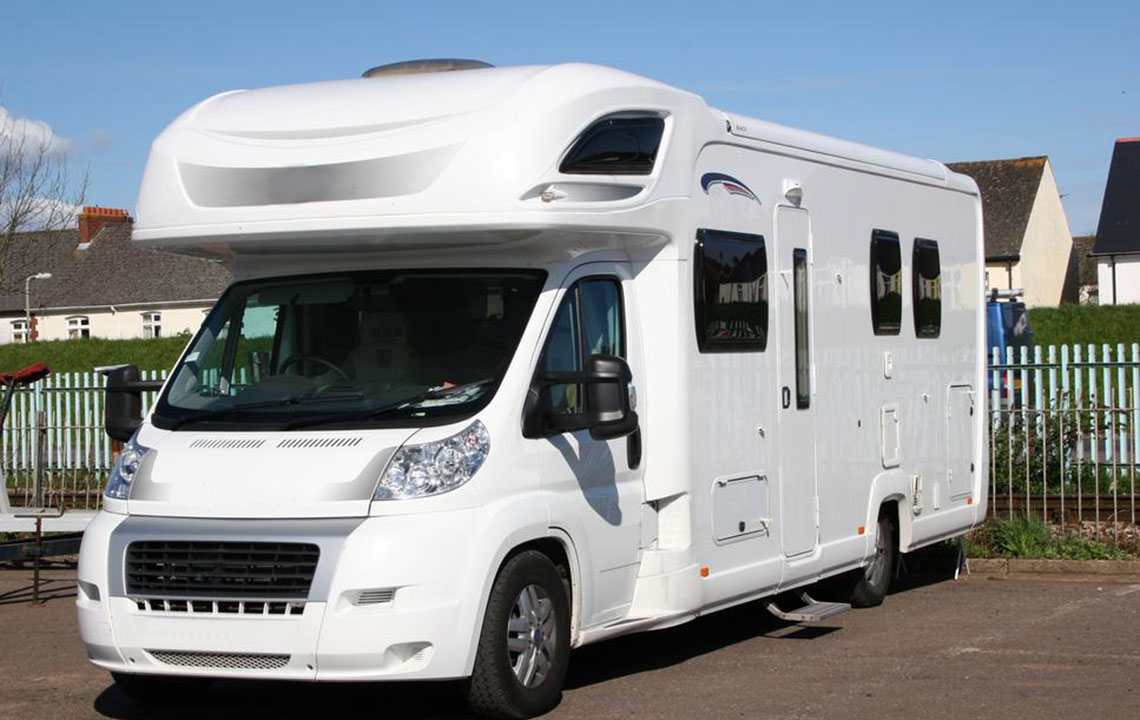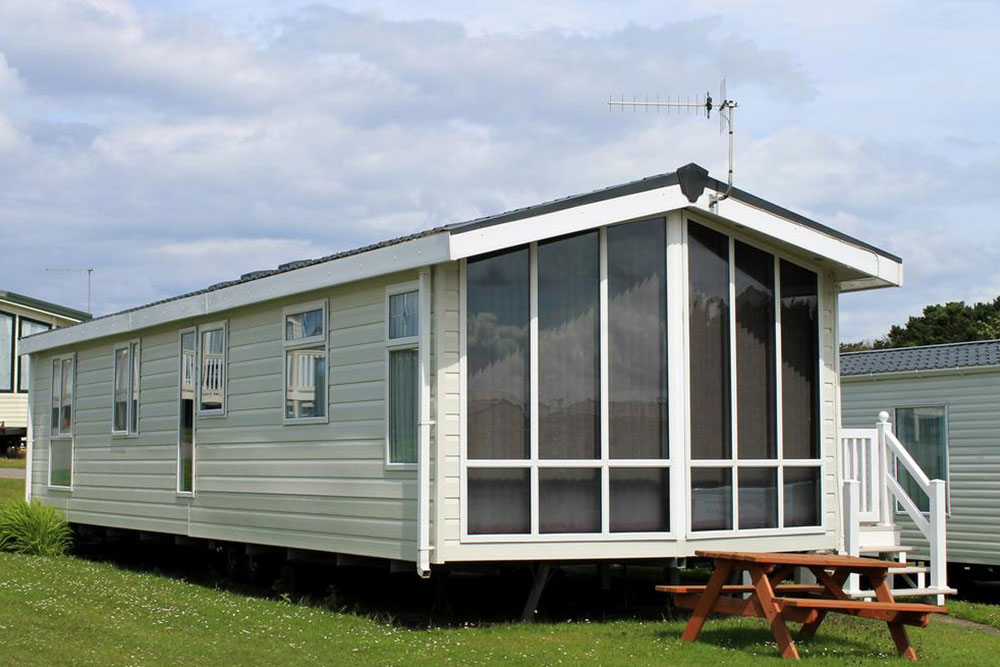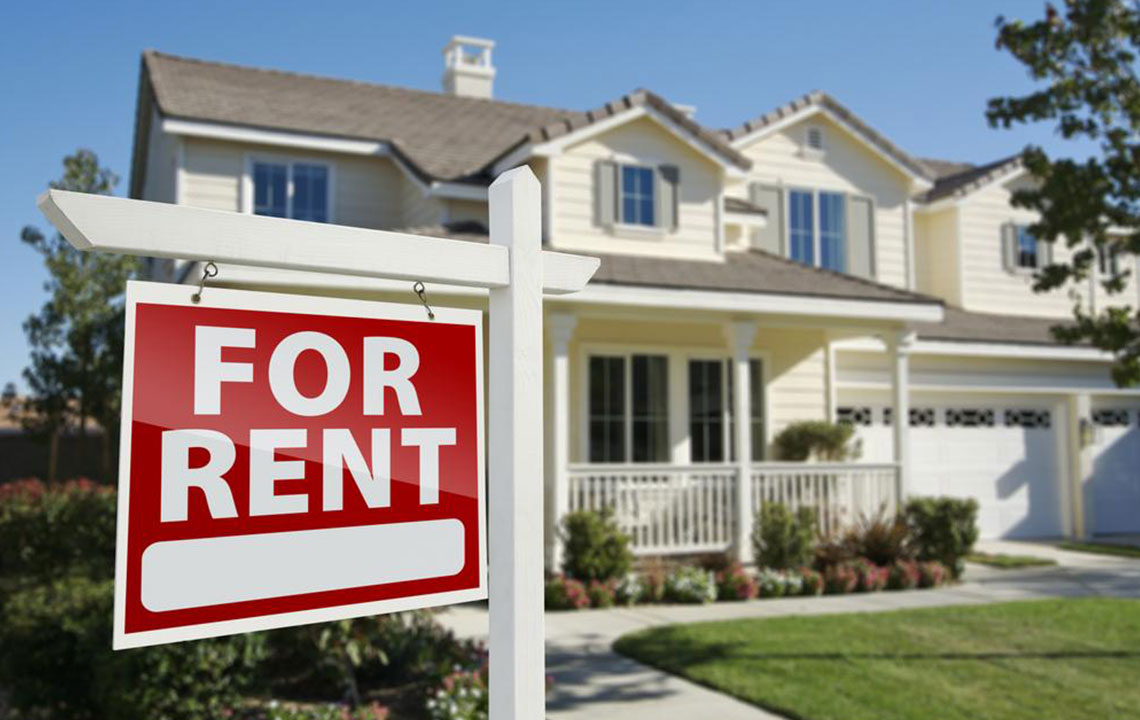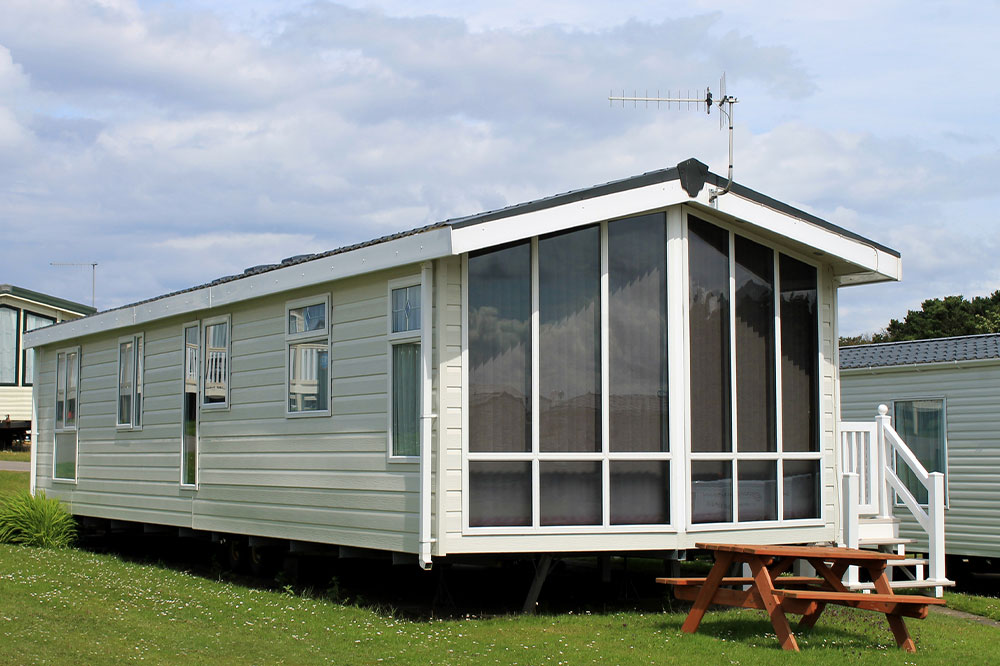An Overview of the Evolution and Popularity of Mobile Homes
This article explores the evolution, types, and current trends of mobile homes, highlighting their history as affordable and flexible housing options. It covers their manufacturing, distribution, and modernization, including community living and construction standards, offering an insightful overview for prospective homeowners or industry observers.
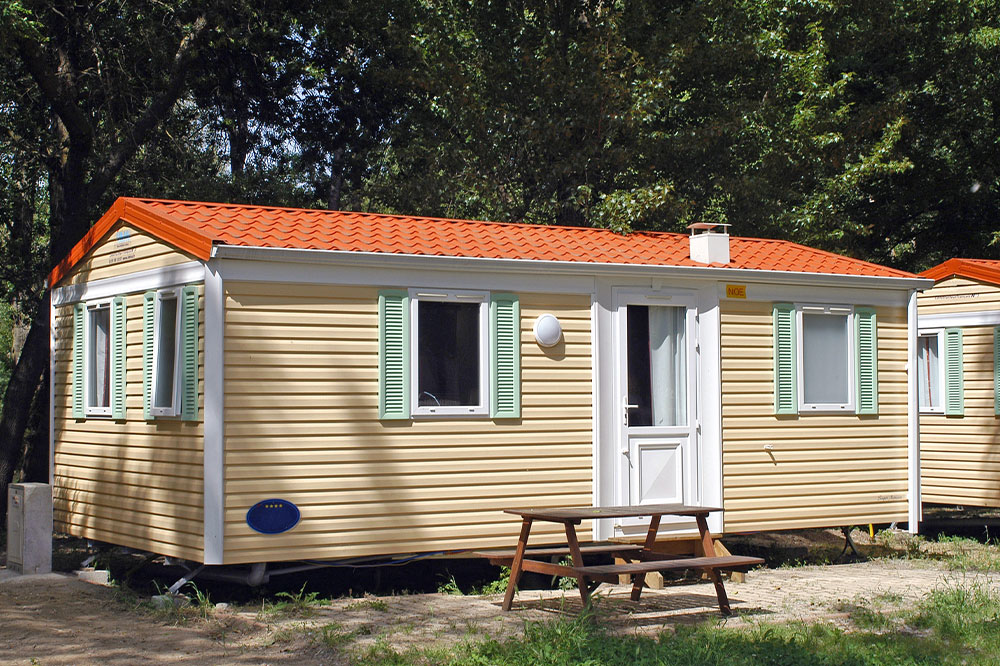
Understanding the Development and Rise of Mobile Homes
Mobile homes, also known as manufactured homes or prefabricated residences, are portable structures similar to trailers or caravans. Built in factories, they feature a chassis that allows transportation by truck or car. These homes serve as permanent dwellings, vacation retreats, or temporary shelters. Usually parked in designated areas, they can be moved or remain stationary depending on legal and personal preferences. Mobile homes come in various sizes, typically with wheels, axles, and durable frames protected by different fixtures.
Originally designed for flexibility and affordability, these homes gained popularity in the 1950s as economical housing options. Initially narrow, they expanded from 8 to 10 feet wide by 1956 to accommodate more space. Made from aluminum panels, they differ from traditional trailers due to their construction and mobility options.
Designed for vacation homes or temporary accommodation, mobile homes initially catered to mobile workers. Over time, they transitioned from small, easily transportable units to larger, more permanent structures. In the 1960s and 70s, the widths increased, reducing mobility. Today, factory-built homes are often fixed in place, with many states classifying them as real property once wheels and axles are removed. The 1976 introduction of the term "manufactured homes" marked a new era in their recognition and regulation.
Historical Background
Throughout the 1960s and 1970s, mobile homes grew in size and complexity, making transportation more challenging. Now, these homes are typically installed directly on foundations, with their mobility minimized. They can be taxed either as personal property (if wheels are attached) or as real estate, depending on their configuration and modifications.
These structures became more accessible to those seeking affordable housing options, especially as alternatives to traditional homes. They are available in single, double, or even multi-wide formats. Single wide models are approximately 18 feet wide and 90 feet long, while double wides are usually 20 feet wide or more, also 90 feet long. Double wide homes are transported in two sections and assembled on-site, with some units being expanded or customized by owners.
Mobile and manufactured homes are often placed in trailer or mobile home parks, where owners rent space with amenities like utilities, parks, pools, and recreational facilities. There are over 38,000 such parks nationwide, catering to retirees, seasonal residents, and vacationers. Double wide models are built to high standards, aligning with local building codes, and tend to retain value better than single wide homes, which are more common in rural or temporary settings.
Current Trends
A contemporary trend involves landownership by homeowners, transforming mobile homes into community spaces with shared amenities such as pools and clubhouses. These homes are manufactured under strict federal standards, fulfilling US Department of Housing and Urban Development (HUD) regulations. Floor plans range from 500 to 2300 square feet, offering flexibility for various needs. Add-ons like modern kitchens, appliances, and custom interiors enhance their appeal.
Modular construction, where homes are built in factories and assembled on-site, ensures quality and reduces delays caused by weather. These homes adhere to regulations, are recognized by banks for financing, and often complete construction within 8 to 14 weeks. Their resilient materials and structured assembly make them a durable and customizable housing option, suitable for diverse markets and preferences.

